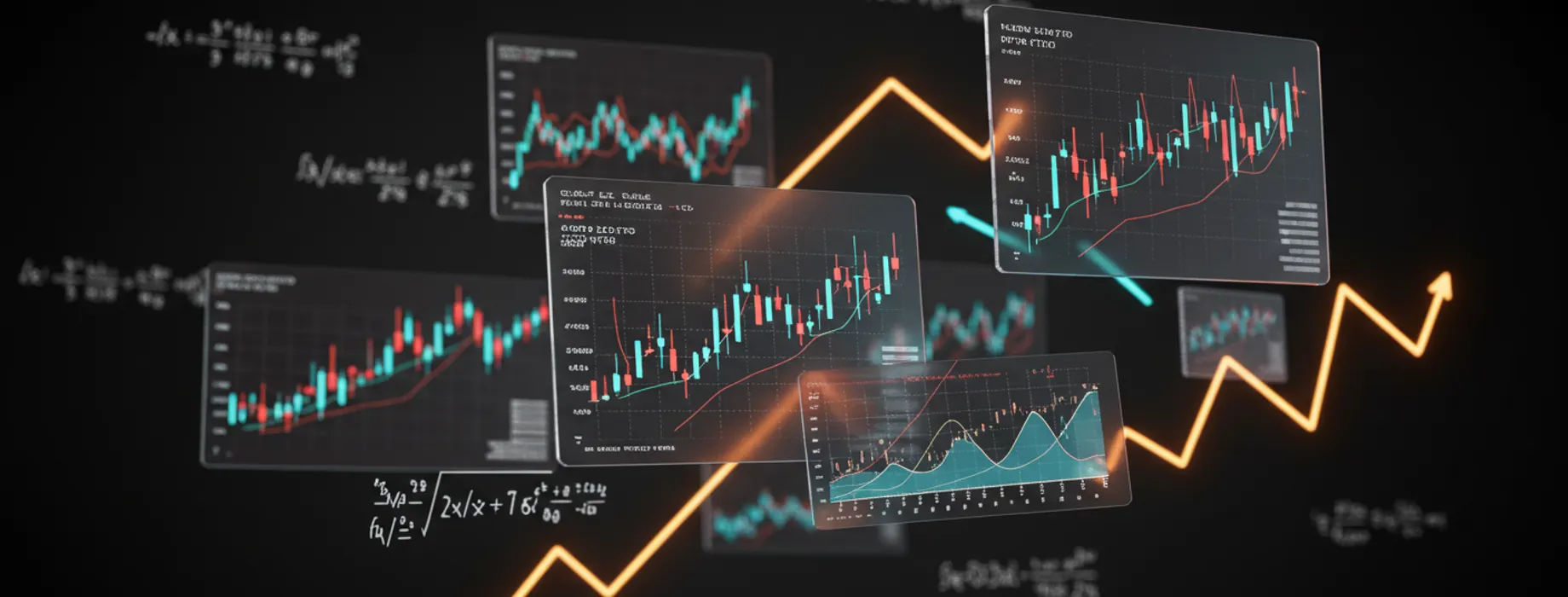- Continuation Patterns (Flags, Pennants, Triangles)
- Reversal Patterns (Double Tops/Bottoms, Head and Shoulders)
- Bilateral Patterns (Symmetrical Triangles, Rectangles)
TradeMaster Analytics: Understanding Chart Patterns in Technical Analysis

Understanding chart patterns in technical analysis forms the foundation of successful trading strategies. These visual representations of market psychology help traders identify potential price movements and make informed decisions. Modern traders rely on pattern recognition to anticipate market behavior and optimize their trading outcomes.
Core Elements of Chart Pattern Analysis
Chart patterns emerge from market movements and represent specific trader behaviors. These formations appear consistently across different markets and timeframes, making them reliable indicators for trading decisions.
| Pattern Type | Formation Time | Reliability Score | Usage Frequency |
|---|---|---|---|
| Head and Shoulders | 3-6 weeks | 75% | High |
| Double Top/Bottom | 2-4 weeks | 70% | Medium |
| Triangle Patterns | 1-3 weeks | 65% | Very High |
Essential Pattern Categories
Understanding chart patterns in technical analysis requires careful attention to volume indicators and timeframe correlations. Successful traders combine pattern recognition with other technical indicators to validate their trading decisions.
| Analysis Component | Implementation | Success Rate |
|---|---|---|
| Pattern Confirmation | Volume Analysis | 82% |
| Entry Timing | Breakout Points | 78% |
| Risk Management | Stop-Loss Placement | 85% |
Volume Analysis Integration
- Volume Confirmation Techniques
- Breakout Validation Methods
- Volume Profile Analysis
| Pattern Type | Volume Characteristics | Trading Implications |
|---|---|---|
| Ascending Triangle | Decreasing Volume | Bullish Breakout |
| Descending Triangle | Increasing Volume | Bearish Breakout |
Understanding chart patterns in technical analysis demands consistent practice and methodical application. Traders who master pattern recognition often develop personalized strategies based on their observations and market experience.
| Strategy Element | Implementation Method | Effectiveness |
|---|---|---|
| Pattern Screening | Systematic Scanning | High |
| Confirmation Process | Multi-Indicator Approach | Very High |
Conclusion
Pattern analysis remains a crucial component of technical trading strategies. By understanding and applying these patterns effectively, traders can identify potential market opportunities and manage risks appropriately. The combination of pattern recognition with volume analysis and proper risk management creates a robust trading methodology.
FAQ
How long does it take to become proficient in chart pattern recognition?
Developing proficiency typically requires 3-6 months of dedicated practice and analysis of historical charts.
What is the most reliable chart pattern for beginners?
The Head and Shoulders pattern offers clear entry and exit points with relatively high reliability rates.
How important is volume analysis in pattern trading?
Volume analysis is crucial as it confirms pattern validity and increases the probability of successful trades.
Can chart patterns be used across different markets?
Yes, chart patterns work effectively across various markets including stocks, forex, and commodities.
What timeframes work best for pattern analysis?
Daily and 4-hour charts typically provide the most reliable pattern formations for most traders.